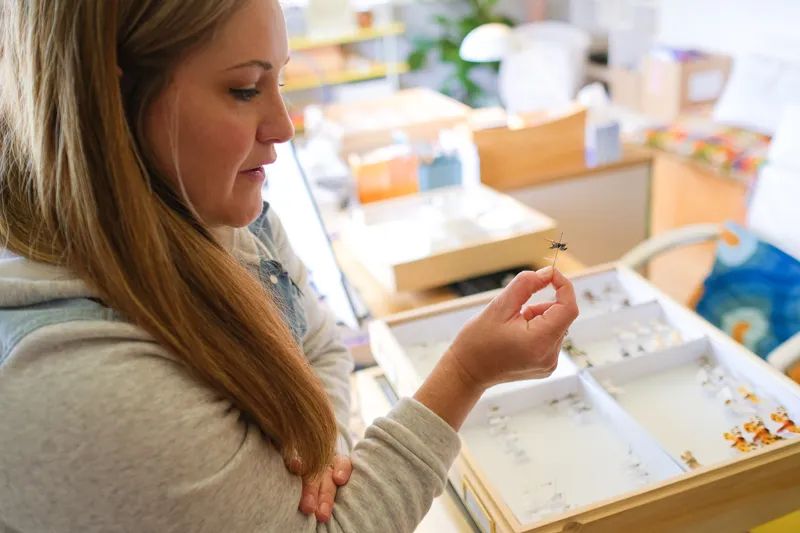
The Bug Whisperer
Bug Lover Marian Kirst is making discoveries, taking us inside her world
When Marian Kirst talks about winged things and crawly creatures, her excitement draws you in. With a master's in entomology, she seems to have a story or tidbit of information on each one of the nearly 1,000 insects that line every one of the drawers of a high-towered cabinet in her office. Her collection covers everything from the tiniest of beetles to the Cecropia moth with its wingspan of close to seven inches.
“When I look at this collection, what is amazing to me is that I remember where I was with almost all of these,” Marian says. “The experiences are so special to me.”
The majority of these bugs were plucked from places around Yellowstone County.
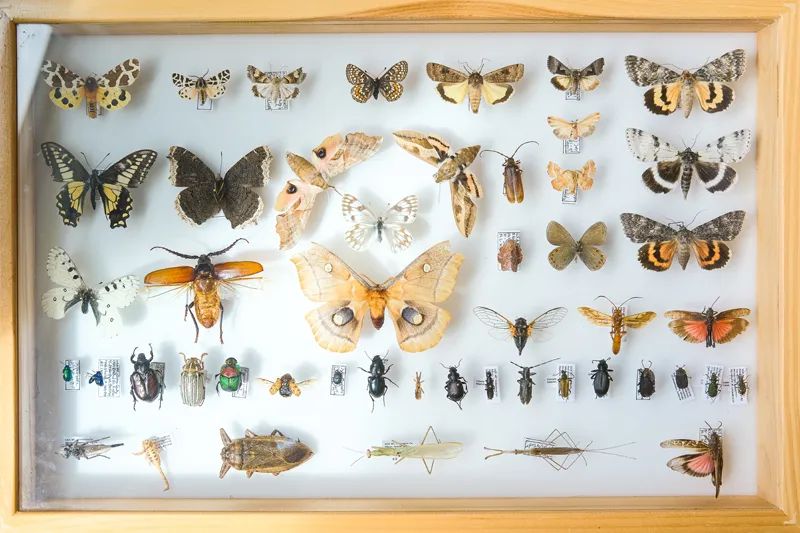
“People will ask, ‘Did you go to Ecuador for this?’ No, these amazing creatures are right here in our city,” she says.
On her desk sits a high-powered microscope that she uses to analyze each creature she collects. Not all, however, are immortalized and pinned on a tray. Over her shoulder sits a little container where a black widow crouches in a corner. It was a “rescue” Marian grabbed from a friend’s workshop. In the other corner sits Ocho, her adopted Chilean Rose Hair Tarantula.
“He got loose one time and ended up in my husband’s shoe,” she says with a laugh. “He was sort of mad at first but now it’s just a nice story.”
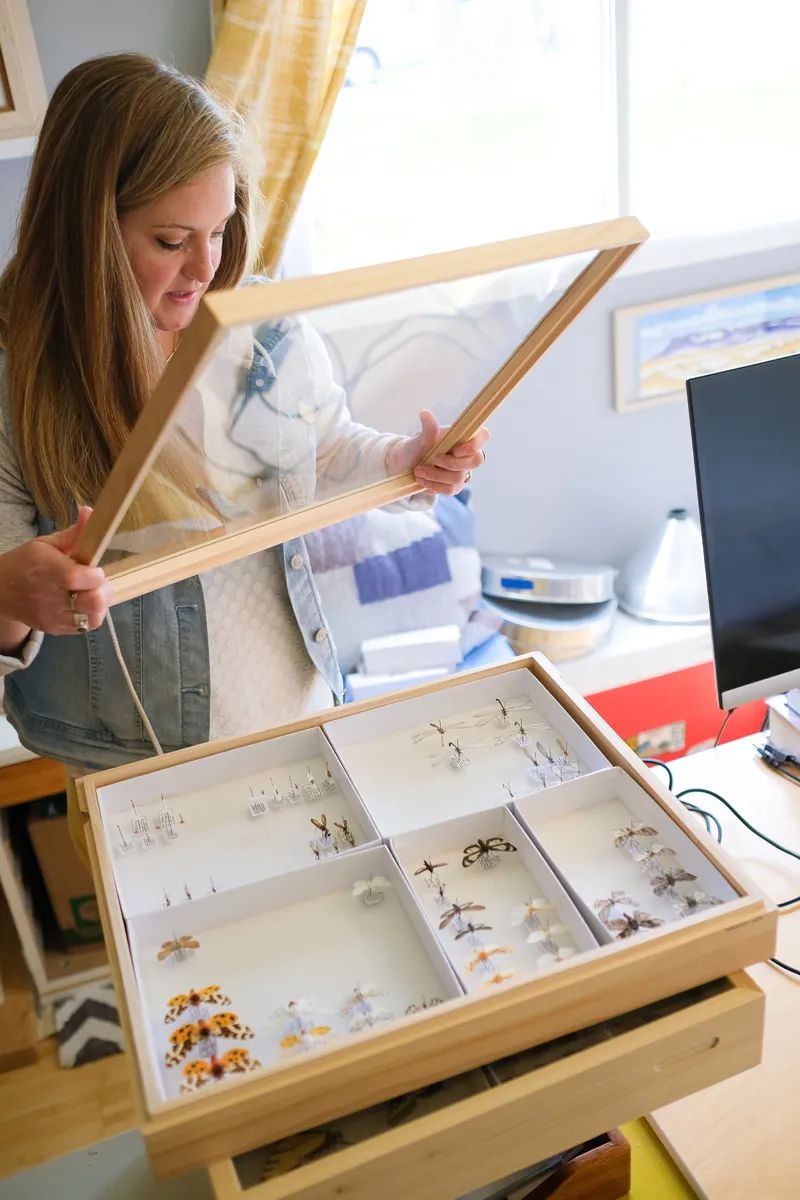
Marian says her love of insects blossomed before she was in kindergarten. Her family lived up in Indian Cliffs and the Rims proved to be the perfect grounds for a future bug lover.
“We would get the craziest stuff that would come into our basement. I would often leave the screen door open,” Marian says. On more than one occasion, a Carolina Wolf Spider crept in. At first, she was terrified.
“My parents, because they have such a connection to the natural world, would force us to put a cup over it, slide a piece of paper under it and then put it on the kitchen table and say, ‘Before you freak out, we want you to watch this guy for a few minutes. Just watch him.’” She adds, “I developed a love for the odd and unloved creatures.”
Marian would grow and go on to earn an environmental studies degree from Hamilton College in upstate New York before getting a master’s in science journalism.
“When I was at High Country News — they are an environmental ag magazine that covers the 12 western states — every story that I was writing was either on arachnids or insects. My editor pulled me into her office and said, ‘Marian, we don’t really have an insect beat. Your fellowship is almost up, I am wondering if you should consider going back to school for entomology. This clearly means a lot to you.’”
Not long after, her husband’s job as a turnover coordinator landed them in rural China at a nuclear powerplant construction site. During the day, Marian worked on her master's in entomology through a distance learning program at the University of Florida. In her off-hours, she wandered the trails near their apartment and honed her skills in macrophotography, capturing all the unique bugs she spotted on her walks. Eventually, she’d bring that skill home when the couple moved back to Montana. Marian would set up a white box and her husband would help wrangle the bugs for her camera’s lens.
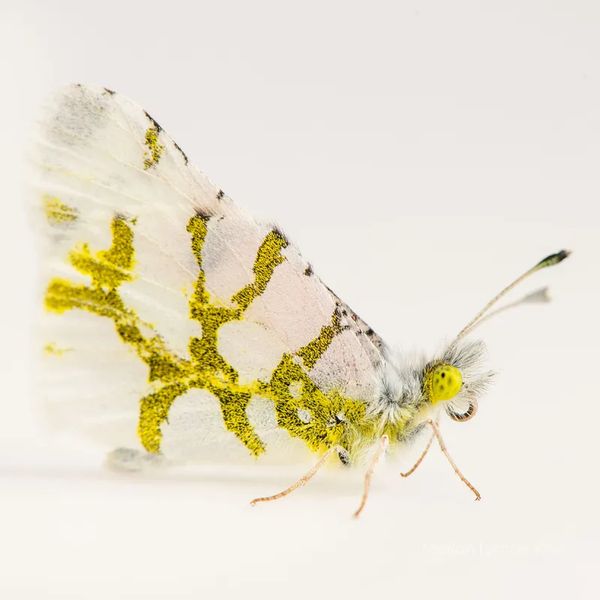_ig-5357web.jpg?fit=outside&w=800&h=800)
Photo by Marian Kirst
“They are all alive in these photos,” Marian says of her artwork. “By getting up close with them in that little setting, you see some behaviors that are wonderful that you would not normally see.” With each photo, she says, she’s “taking you in and gently opening your eyes to this world.”
Today Marian’s focus is on the moth population of the state. She’s the program developer and entomologist for a small, largely community-funded biological research nonprofit called Northern Rockies Research and Educational Services (NRRES). Her colleague and NNRES Executive Director Mat Seidensticker along with moth expert and Colorado State University research associate, Chuck Harp, started the Montana Moth Project in 2019. Marian joined the team in 2020. The work is gratifying but often has her up burning the midnight oil, setting up her lights and traps. The goal is to sample all 56 counties in what Marian describes as one of the most ambitious moth diversity surveys ever conducted in the state.
Her work has led to some amazing discoveries. Of the more than 8,000 moths collected last year, Marian says, “We’ve generated dozens of state records and hundreds of county records.” Species of moths were recorded that no one knew were here in Montana.
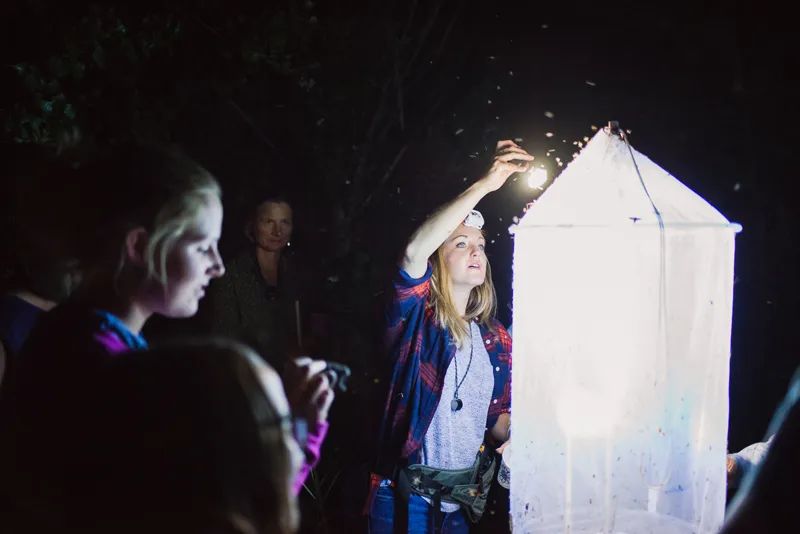
And, while on the hunt in the Pryor Mountains, she discovered a brand-new species of moth flitting about among the area’s red rocks and yellow sands. For a newbie entomologist, discovering a new species is like finding the Holy Grail. She’ll never forget the night she returned home after her discovery.
After combing through her guide on Western months along with checking a myriad of online resources, she remembers telling her husband, “I can’t find anything that looks like it.” When it came time to update her colleagues, she recalls being embarrassed. “Finally, I just wrote them. OK guys, I tried last night. I just can’t do it.” When they were also stumped, the investigation began.
“We were all like, ‘Man, that is so cool!’ It was bound to happen at some point with all the surveying that we are doing,” she says. When the species is officially confirmed, Marian will get the distinct honor of naming it and she plans to pay homage to the place it was found, the Pryor Mountains, a unique mountain island range jutting up from the surrounding prairie in south central Montana.
“I want to reflect the specialness of this place to me,” Marian says, adding she learned to drive in the Pryors She remembers tromping around the area in her youth looking for plants with her botanist mother and even landing her first kiss there. “Ecologically, it’s a treasure trove out there.”
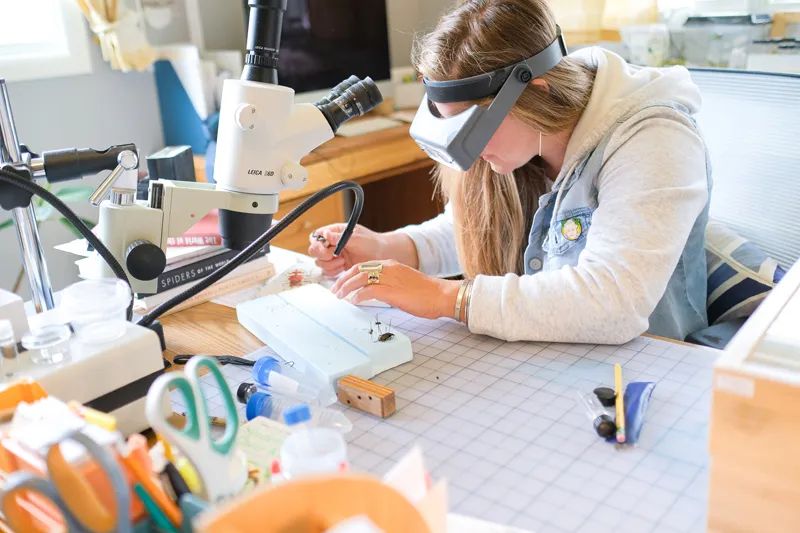
June of last year brought another eye-opening discovery. She’d been hearing about firefly sightings around Billings for years but every time she tried to get more information, her investigative trail dried up.
“I could never actually get my hands on a physical specimen,” Marian says. “It got to the point where I said, I am not sure I believe you.”
Last summer, City Forester Steve McConnell got a phone call that changed her mind. A resident called worried about a bit of land development. He was worried about the nearby fireflies. Sadly, the gentleman didn’t share his name or where he lived. But Marian was able to get enough information to predict a location, time of year and time of night to spot some if, indeed, they existed there.
“All right, we are going to go look for these guys,” she remembers saying. She knew fireflies tended to be in wetland areas off irrigation canals or in boggy parks with tall grass, but her timing had to be perfect. Western Fireflies only light up for about three weeks out of the year. They typically emerge around 9:30 at night and by midnight, stop flashing.

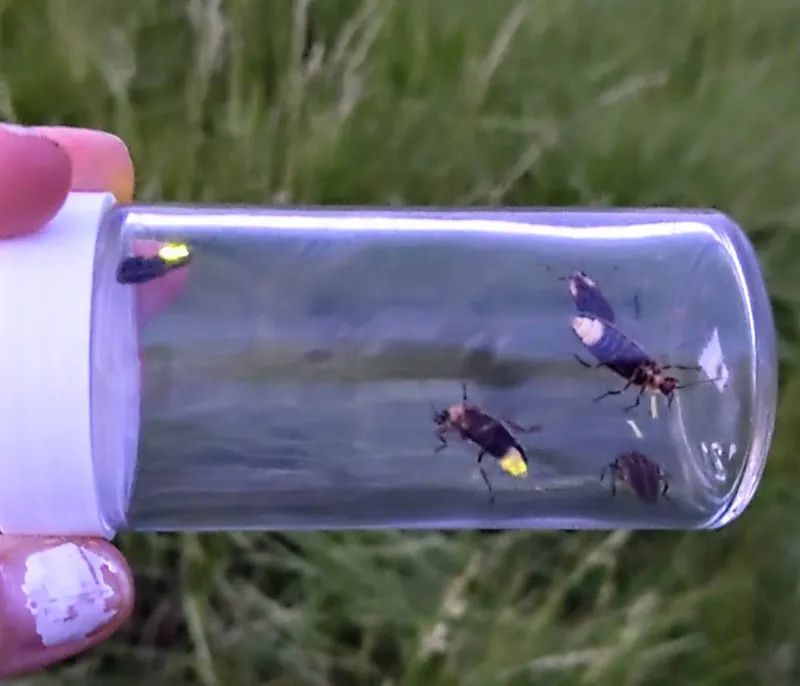
She and Steve scoped out an area and while she was walking, “I see a beetle fly in front of me. It didn’t flash but I thought, that’s about the right size. I grabbed it with my net,” Marian says. “As I look at it in my net, it just sparks. After we got that one, they all started flashing. The population seemed to cover a seven-square-acre area. It was just incredible.”
You might wonder why Marian is so passionate about her work.
“Part of the appeal of this profession is that you can be 99 and there will still be so much you don’t know and you still need to learn,” she says.
With each new discovery, she’s trying to instill that love of insects in her 2-year-old and 4-year-old daughters, Fay and Mabel. She doesn’t take her job lightly.
“We are the only species that can remember that they are here or even know that they are here.”
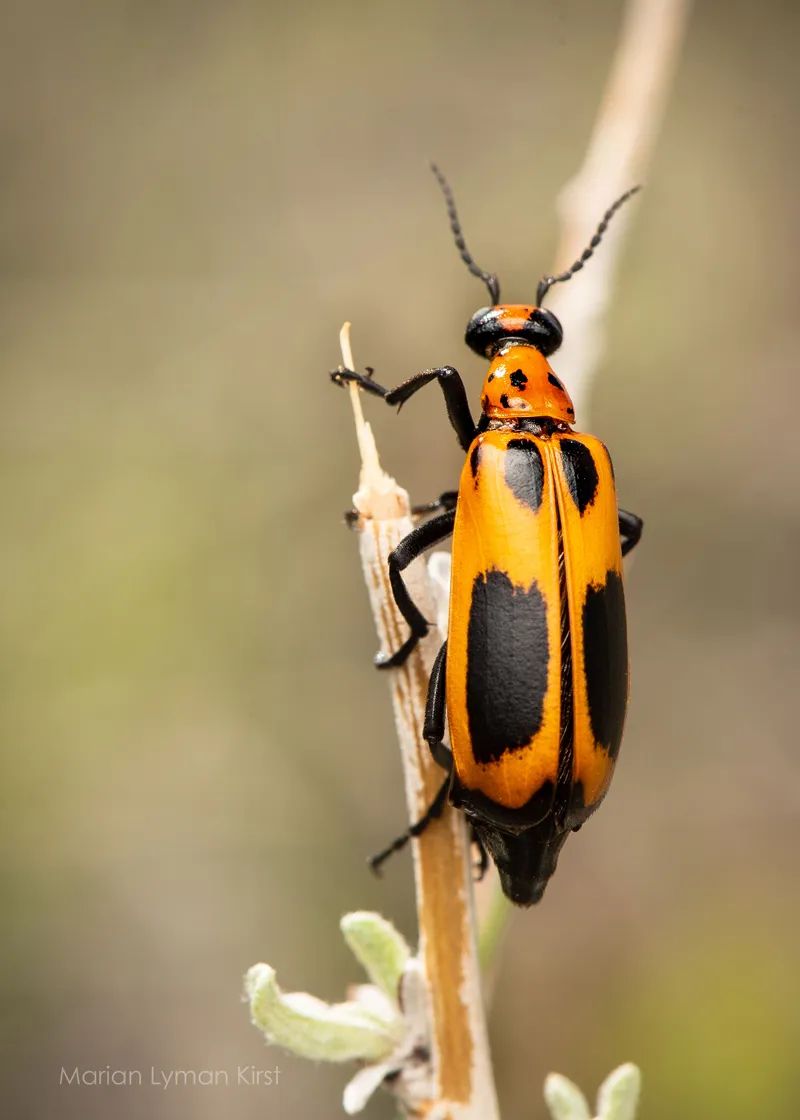
JOURNEY INTO THE WORLD OF INSECTS
With Entomologist Marian Kirst
Join entomologist Marian Kirst for a journey into the world of insects. On Friday, August 12, from 9 p.m.-midnight, the Montana Audubon Center will host its 4th annual Bugs & Brews night program for adults. Participants will enjoy some local microbrews from Gally’s Brewing Company (Harlowtown, MT) while hunting for and learning about insects, spiders and their kin.
On Saturday, August 13th (7:30 p.m. to 9:30 p.m.) the insect-themed fun continues with Cocoa & Crawlers, a family-friendly night program designed to encourage kids’ natural curiosity about the world’s insect inhabitants. For more information, visit mtaudubon.org/center and then click on events.











